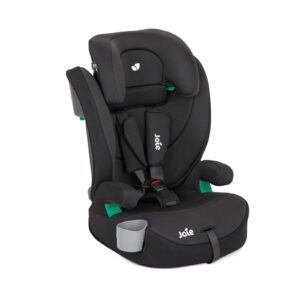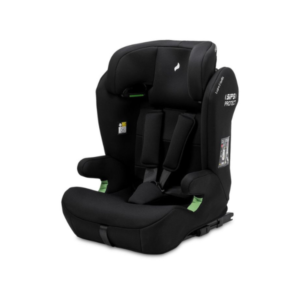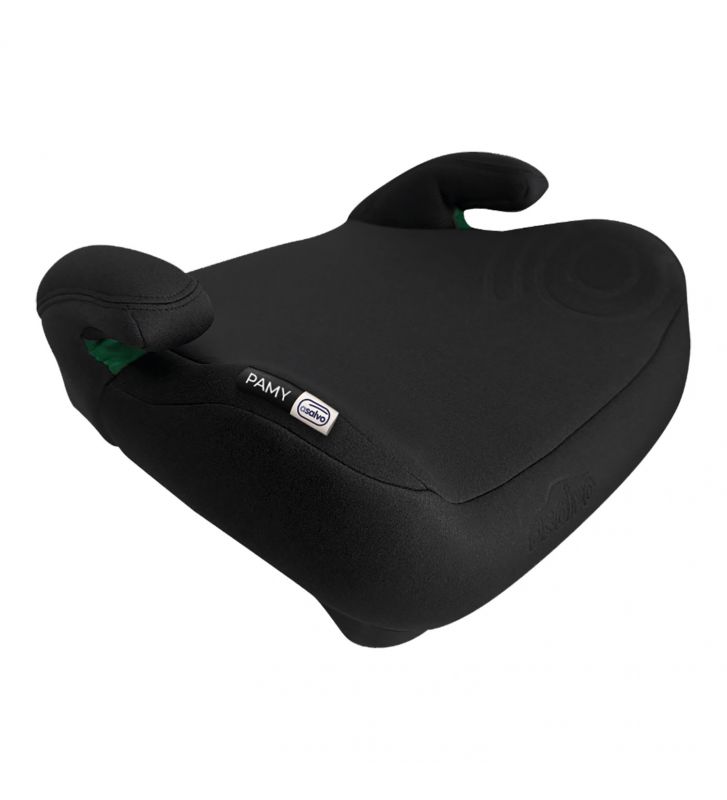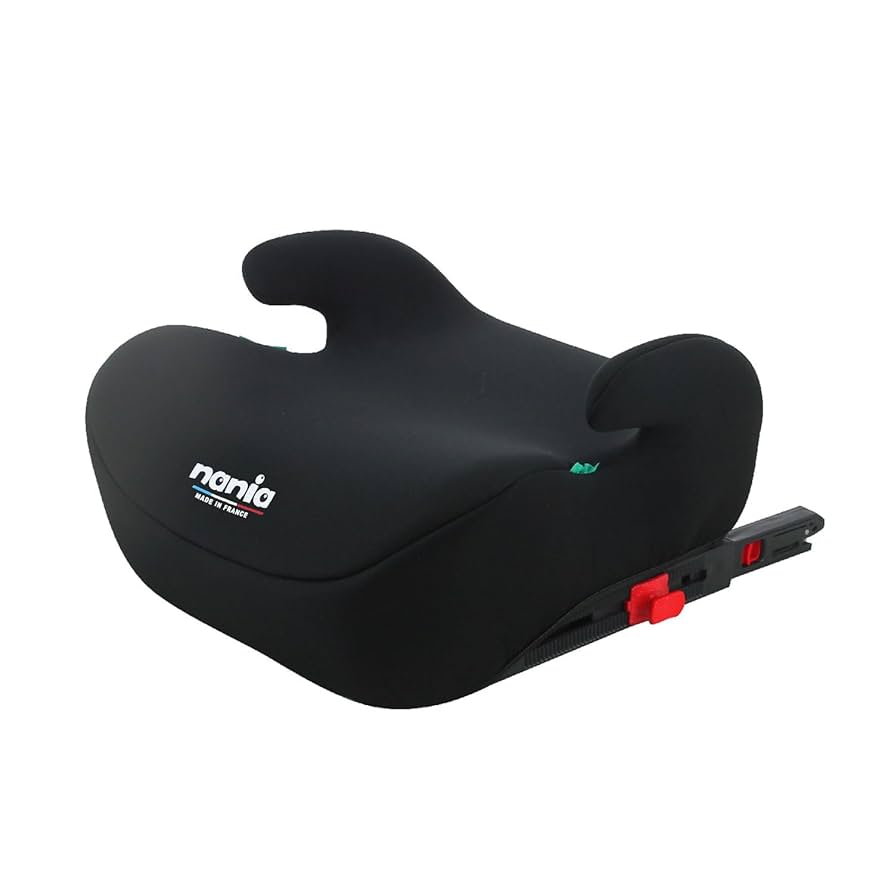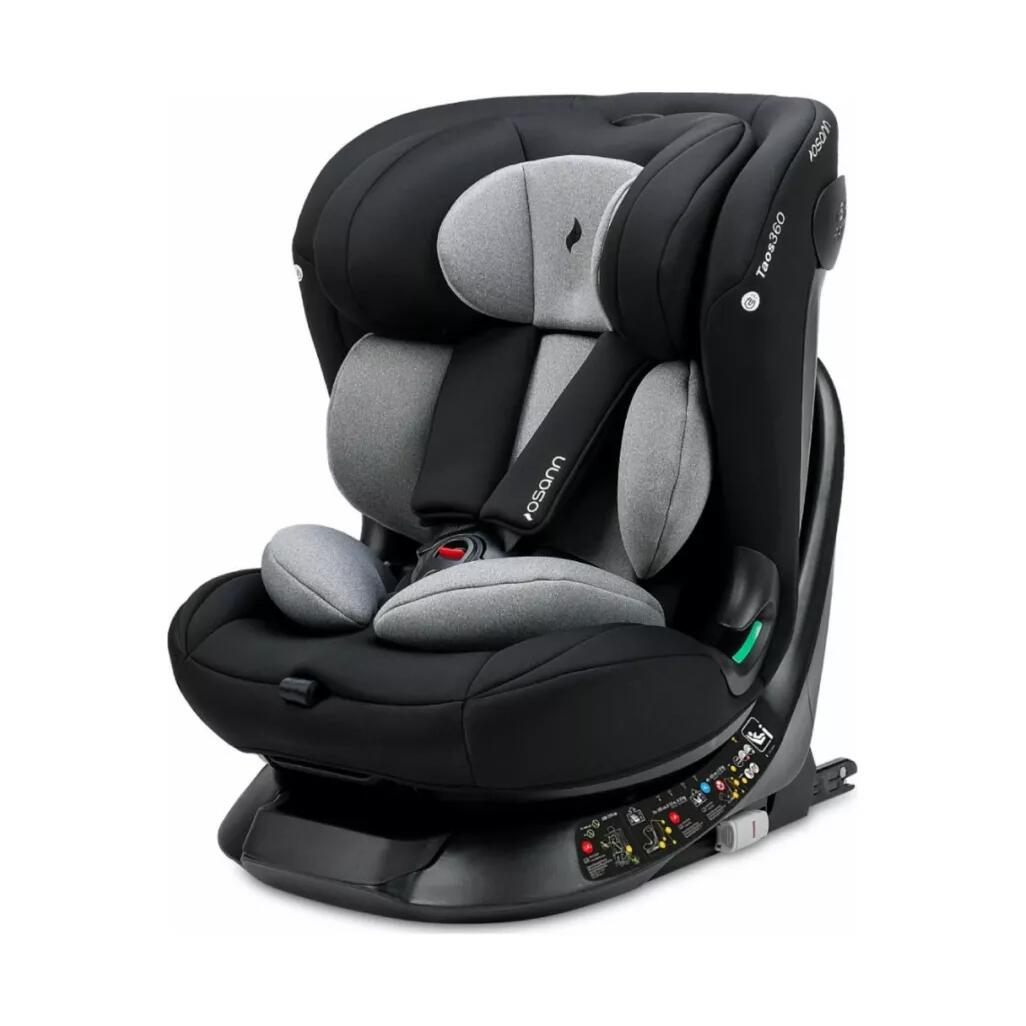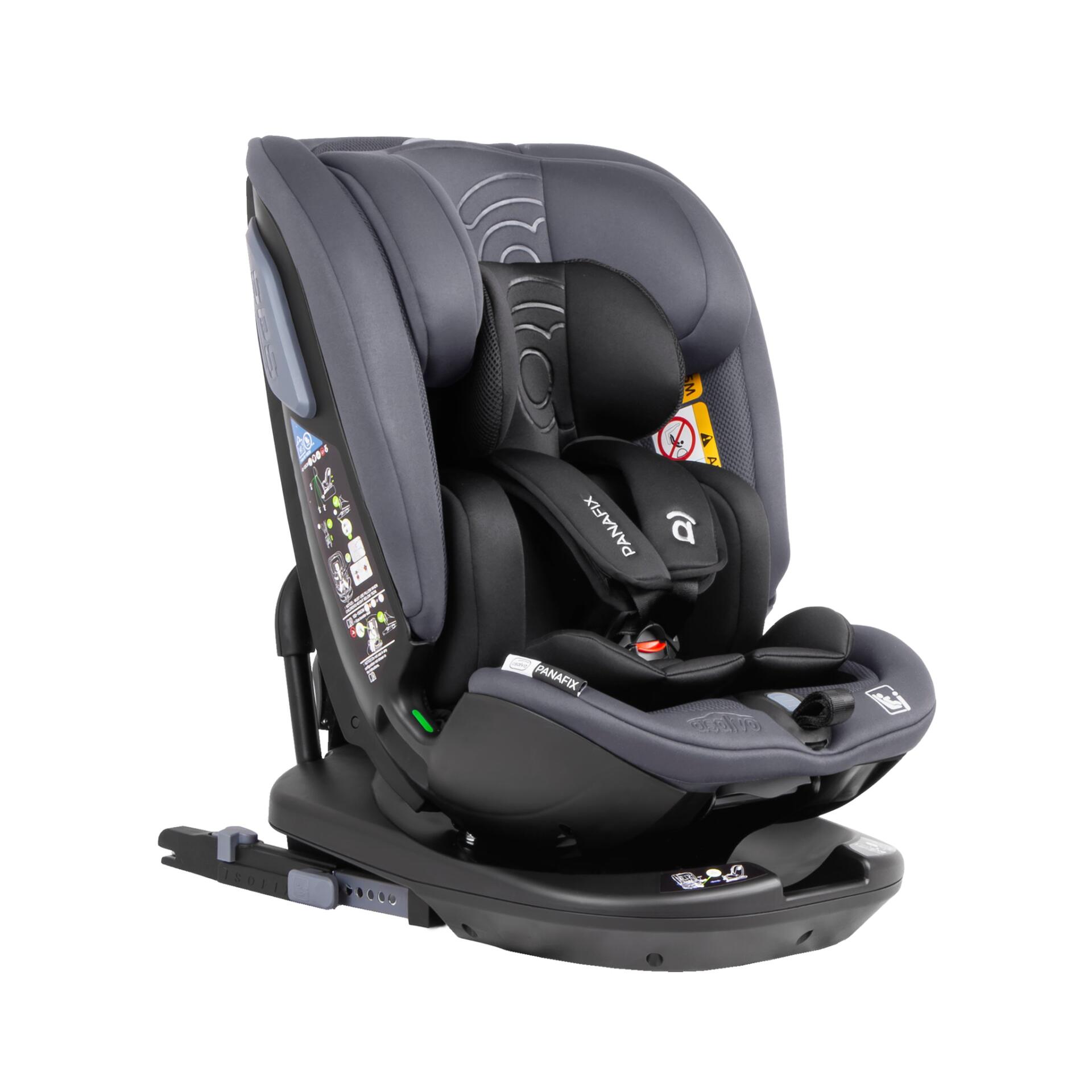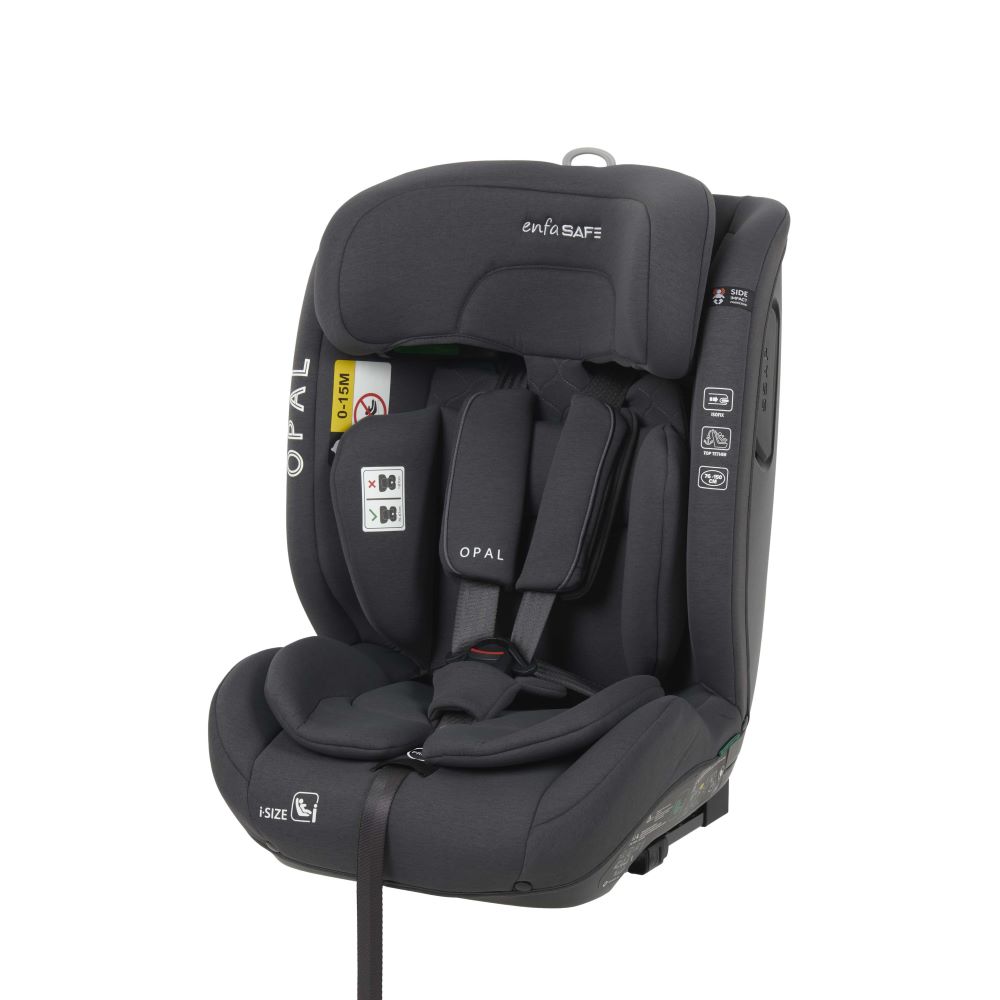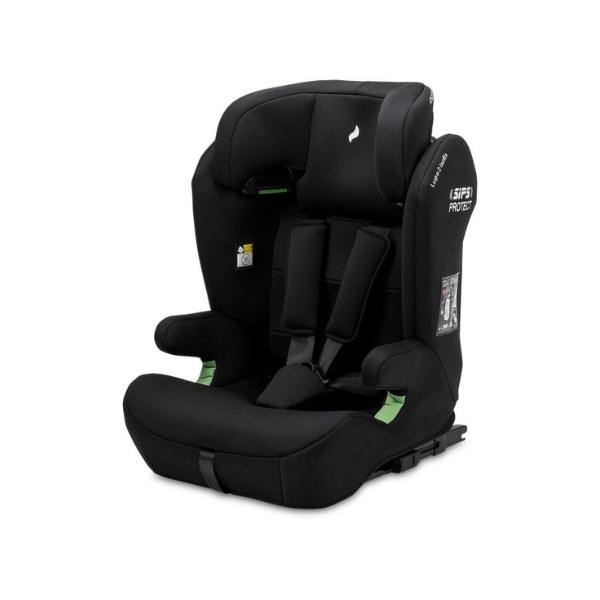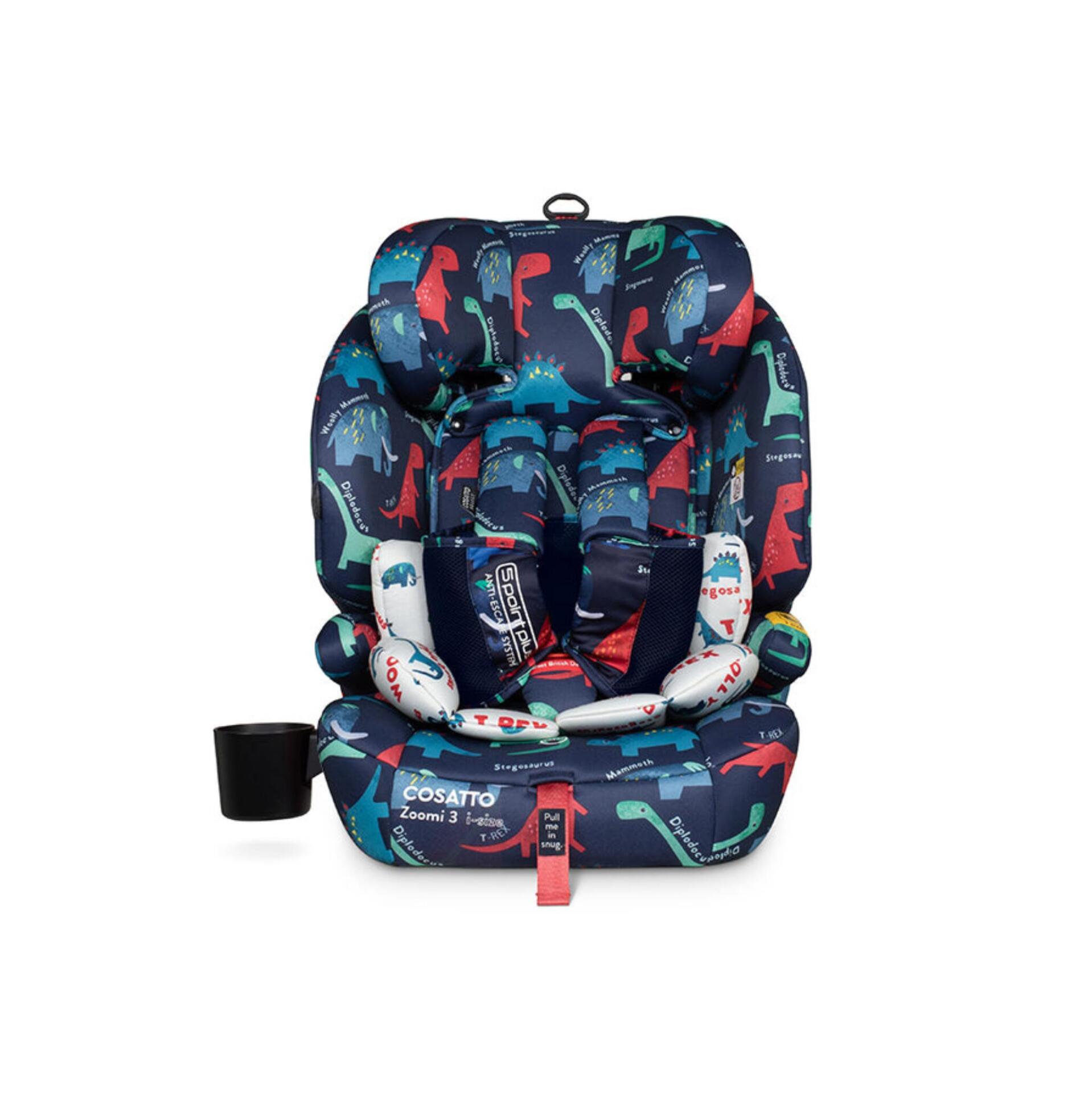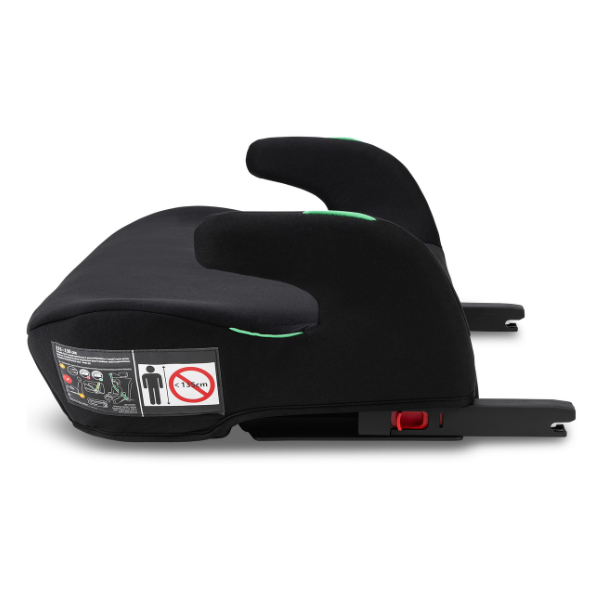Frequently asked questions
When can my child stop using a car seat or booster seat and just use the vehicle's seatbelt?
This is about size and fit, not just age! While a general guideline is around 8-12 years old or when they are 4’9″ tall, the real test is the “5-Step Test”:
- Can your child sit all the way back against the vehicle seat?
- Do their knees bend comfortably at the edge of the seat?
- Does the lap belt fit low over their hips/upper thighs (not their stomach)?
- Does the shoulder belt rest snugly across the middle of their chest and shoulder (not on their neck or off their arm)?
- Can they stay in this position for the entire trip?
If the answer to any of these is no, they still need a booster seat.
What's the right car seat for my baby/child? There are so many kinds!
It depends on your child’s age, weight, and height. Here’s a quick breakdown of common types:
- Infant Car Seat: Designed for newborns and small babies, always rear-facing. Features a convenient carry handle and often clicks into a stroller system. Max weight/height usually around 22-35 lbs.
- Convertible Car Seat: Can be used rear-facing for infants and then “converts” to forward-facing as your child grows. Offers a longer lifespan for the seat, but isn’t as portable as an infant seat.
- All-in-One Car Seat: Can transition from rear-facing, to forward-facing with a harness, to a booster seat. Offers the longest lifespan.
- Booster Seat: For older children who have outgrown their harnessed forward-facing seat. These lift the child up so the vehicle’s seatbelt fits them correctly. There are high-back boosters and backless boosters.
Rear-facing vs. Forward-facing – what's the big deal? When can my child turn around?
This is a huge deal for safety! Rear-facing is always safest for as long as possible. Why? In a crash, a rear-facing seat cradles your child’s entire head, neck, and spine, distributing the impact forces evenly. A forward-facing child’s head and neck are violently thrown forward, which can cause severe spinal cord and brain injuries.
Keep your child rear-facing until they reach the maximum height or weight limit of their convertible car seat, which is often well past their first birthday, and sometimes even until age 3 or 4. Don’t rush to turn them around!
How can I be sure my car seat is installed correctly? It feels so wobbly!
The “Wiggle Test” is your best friend:
- Read the manual: Both your car seat manual and your vehicle manual. Seriously, they have crucial info.
- Choose one installation method: Either the LATCH system (Lower Anchors and Tethers for CHildren) or the vehicle’s seatbelt. Never use both unless explicitly stated in your car seat manual.
- Tighten, tighten, tighten: Once installed, grab the car seat at the belt path (where the LATCH strap or seatbelt goes through) and try to move it side-to-side and front-to-back. It should move no more than one inch in any direction. If it moves more, it’s too loose.
- Forward-facing extra step: Don’t forget the top tether strap for forward-facing seats! It limits head movement in a crash.
How tight should the car seat harness straps be on my child? And where should the chest clip go?
The harness should be snug enough that you cannot pinch any excess webbing at their shoulder. This is called the “Pinch Test.” If you can pinch a slack fold of webbing, it’s too loose!
- Strap Position: For rear-facing, the straps should be at or below your child’s shoulders. For forward-facing, they should be at or above your child’s shoulders.
- Chest Clip: The chest clip’s job is to keep the shoulder straps properly positioned on your child’s shoulders. It should always be at armpit level.


